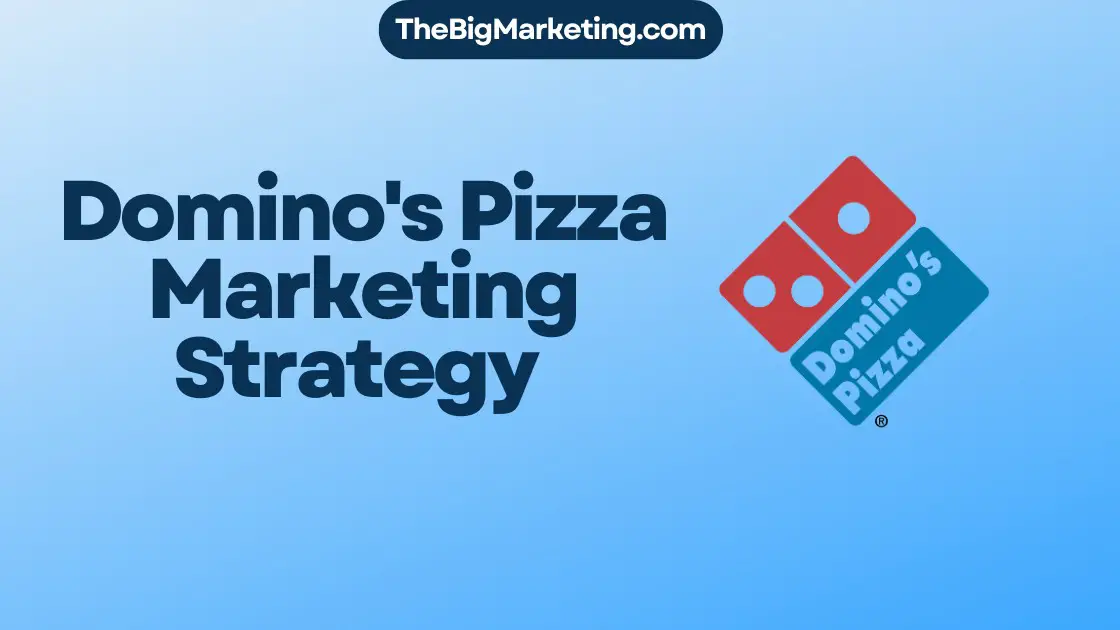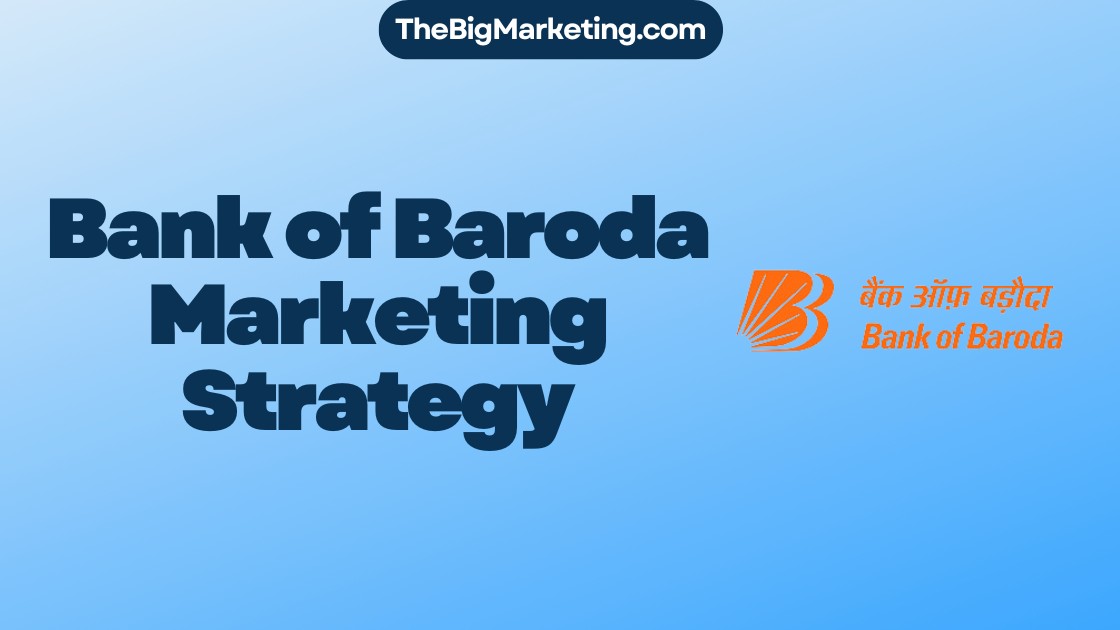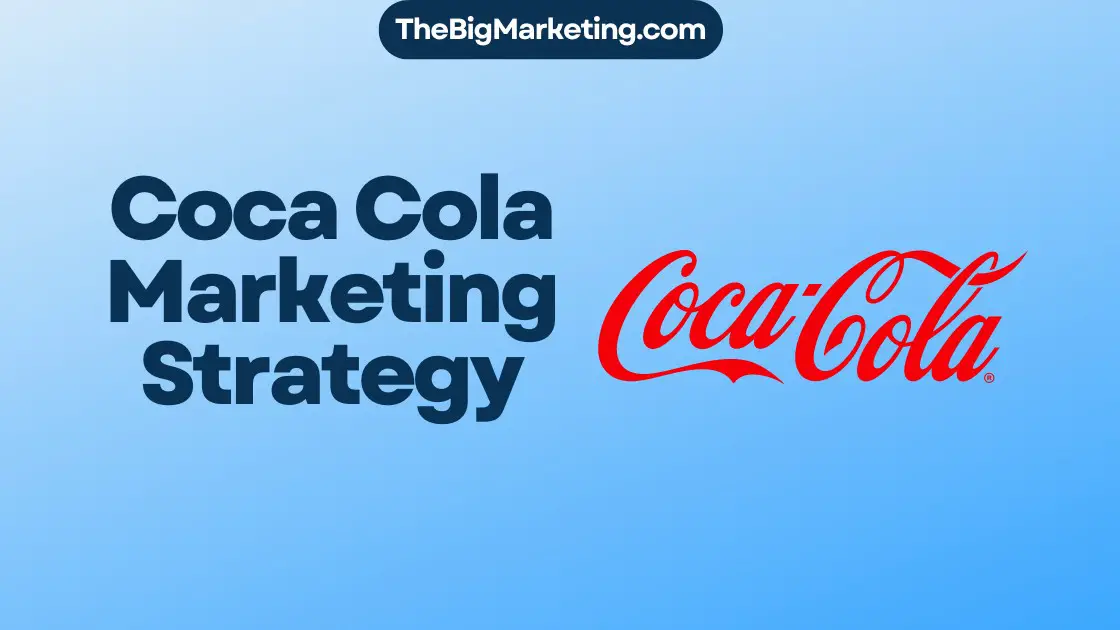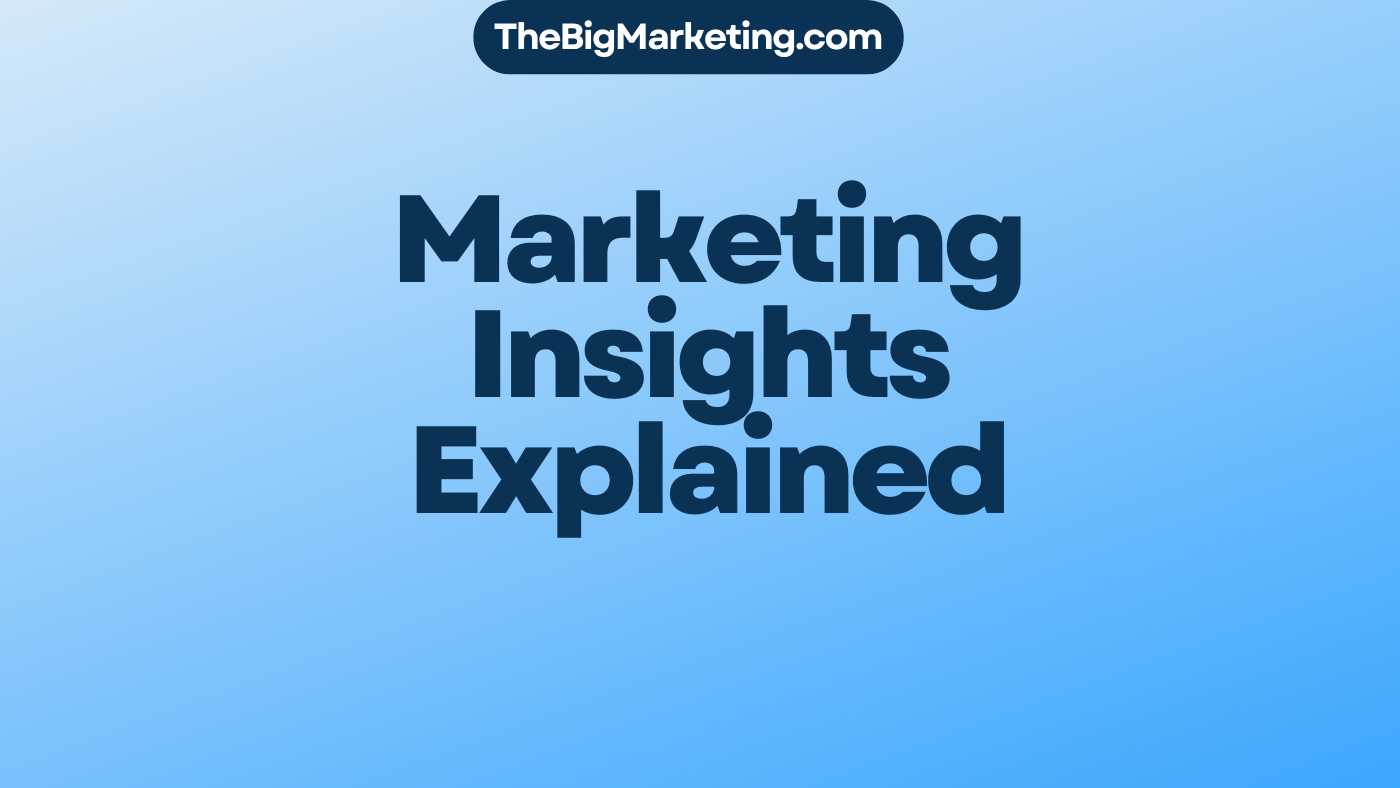The fallout from the COVID pandemic has prompted the travel industry to rethink its marketing strategies. With travel restrictions and consumer hesitation, travel marketing campaigns need to work harder and smarter than ever before. In this article, we will explore some of the best tourism marketing campaigns of all time, including the current state of travel advertising, successful campaigns like Inspired by Iceland and Doors of Thrones, and the worst travel marketing campaigns. We will also discuss essential strategies for effective travel marketing campaigns.
Key Takeaways:
- Successful tourism marketing campaigns have the power to drive business and inspire travelers.
- Storytelling, captivating visuals, and technological innovation are key elements of effective campaigns.
- Data-driven insights and real-time adjustments are crucial for maintaining customer-centric marketing strategies.
- Some notable campaigns include “100% Pure New Zealand,” “Inspired by Iceland,” and “Hello World, It’s Me, Tomorrow.”
- The travel industry faces challenges, but creativity and adaptability can lead to successful marketing outcomes.
The Current State of Travel Advertising
The travel and tourism industry has faced significant challenges in recent times due to the COVID-19 pandemic. With travel restrictions and lockdowns in place, airlines, hotels, and tourist destinations have experienced a downturn in business. However, as the world gradually returns to normalcy, there is hope on the horizon for the industry to recover and thrive once again.
Travel advertising campaigns play a crucial role in attracting tourists and creating brand awareness. In the year 2023, there were several standout campaigns that made a significant impact on the industry. Five of these notable campaigns from 2023 will be discussed in this article, each demonstrating diverse approaches and themes that resonate with different audiences.
Marketing Strategy Shift
One notable trend observed in these campaigns is a shift in marketing strategies. Travel advertisers are now focusing on slow tourism, hidden gems, and authentic local experiences. They aim to create emotional appeals that tap into the wanderlust and desire for exploration that travelers have been longing for during the pandemic. These campaigns prioritize unique attractions, simplicity, relaxation, family travel, cultural experiences, and local perspectives. By showcasing wide-open spaces, natural beauty, and the authenticity of a destination, they invite travelers to reconnect with the world in a meaningful way.
Visual Storytelling
Visuals play a key role in capturing attention and conveying the essence of a destination. The “LOVE, The Philippines” campaign stands out as a prime example of the power of stunning visuals. This campaign relies heavily on captivating images, using minimal spoken or written words to let the visuals speak for themselves. The use of vibrant colors, breathtaking landscapes, and unique cultural experiences creates an emotional connection with viewers, inspiring them to explore the Philippines.
Rebranding and Future Outlook
New York City Tourism underwent a rebranding process in 2023, which included a new visual identity, brand strategy, and the launch of the #WHATSGOODNYC campaign. This rebranding initiative aimed to attract visitors post-pandemic and showcase the city’s resilience and vibrancy. This example highlights the importance of adapting marketing strategies to reflect current global events and establish a connection with the audience.
The future of travel advertising looks promising as the industry adapts to the changing landscape. By embracing creativity, addressing current global events, and focusing on authentic storytelling, travel advertisers can create impactful campaigns that resonate with travelers’ desires. As destinations reopen and travelers regain their confidence, tourism marketing campaigns will play a vital role in attracting visitors and promoting travel experiences that are truly unforgettable.
Inspired by Iceland – The Iceland Academy
The Inspired by Iceland campaign is widely recognized as one of the best travel marketing campaigns, capturing the essence and allure of Iceland. Launched in response to the 2010 volcanic eruption, this campaign aimed to transform Iceland’s image as a travel destination and attract visitors from around the world.
The campaign’s success can be attributed to its innovative approach and unique initiatives, one of which is the Iceland Academy. The Iceland Academy is a series of videos that educate and entertain viewers about Icelandic culture, traditions, and experiences that can be enjoyed during a visit to the country. These videos showcase the beauty of the Icelandic landscape, the warmth of its people, and the adventures that await travelers.
One of the key objectives of the Iceland Academy is to dispel misconceptions about travel in Iceland. By providing informative and engaging content, the campaign aims to inspire and encourage travelers to explore all that Iceland has to offer. From learning about Icelandic festivals held from June through the end of August to discovering the Viking Festival in Hafnarfjörður, visitors are immersed in the rich history and cultural heritage of Iceland.
The success of the Inspired by Iceland campaign is evident through the remarkable results it has achieved. The campaign generated 1.18 billion global media impressions, positioning Iceland as a must-visit destination in the minds of travelers worldwide. It also led to a significant increase in tourism during Iceland’s off-peak months, breaking the trend of stagnant visitor numbers.
An integral part of the campaign was the involvement of Icelanders themselves. Thousands of Icelanders responded to the campaign by opening their homes to invite tourists, showcasing the country’s unique hospitality. This personal touch, combined with carefully targeted digital, press, and outdoor channels, ensured that the campaign reached a wide and diverse audience.
The Inspired by Iceland campaign’s impact extended beyond the tourism industry. It also played a significant role in Iceland’s economy, creating an additional £34 million of incremental revenue and boosting the country’s overall growth. Furthermore, the campaign garnered extensive media coverage, with the President of Iceland delivering a historic address that was covered by almost every global news outlet.
The Inspired by Iceland campaign stands as a testament to the power of effective marketing in transforming perceptions and driving tourism growth. By showcasing the best of Iceland, it has firmly established itself as one of the best travel marketing campaigns, inspiring travelers to explore the beauty and wonders of this enchanting country.
Doors of Thrones
The Doors of Thrones campaign, launched by Tourism Ireland in 2016, showcases the stunning landscapes of Northern Ireland through a unique and creative approach. Inspired by the iconic Dark Hedges, which served as a filming location for Game of Thrones, this campaign transformed fallen trees into intricately carved doors. Each door represents an episode from Season 6 of the popular TV show, inviting fans to immerse themselves in the world of Westeros and explore the real-life locations that brought the series to life.
The campaign gained significant traction on social media, with videos unveiling the ten doors amassing a total of 17.5 million views. These videos were engaged with 250,000 times, reaching an impressive combined total of 126 million. The Doors of Thrones not only captured the attention of Game of Thrones fans but also garnered recognition in the marketing industry, earning over 35 international awards, including prestigious bronze, silver, and gold Cannes Lions.
The impact of the Doors of Thrones campaign extended beyond social media and accolades. Tourism in Northern Ireland experienced an 8% increase in 2016, directly attributed to the campaign. This boost in tourism contributed to Northern Ireland’s economy, with £17 million in earned media generated and the country’s GDP growing by over 5.2% as a result of Game of Thrones-related tourism.
| Statistics: | Effect |
|---|---|
| Campaign views on social media | 17.5 million |
| Video engagement on social media | 250,000 |
| Total reach of the campaign | 126 million |
| Increased tourism in Northern Ireland | 8% |
| Earned media generated | $22 million USD (£17 million) |
| International awards won | 35+ |
The success of the Doors of Thrones campaign highlights the power of screen tourism and the ability to transform a popular TV show into an immersive travel experience. Northern Ireland’s stunning landscapes and Game of Thrones connections have attracted travelers from around the world, making it a must-visit destination for fans and nature enthusiasts alike.
In similar fashion, other destinations such as Iceland, Croatia, and Spain have also experienced significant increases in tourism following their appearances in Game of Thrones. This phenomenon demonstrates the immense influence that popular culture can have on travel decisions, with TV shows and movies becoming catalysts for exploration and discovery.
The Doors of Thrones campaign exemplifies how a creative and captivating marketing approach can successfully leverage a popular series to showcase a destination’s unique allure. By capitalizing on the widespread popularity of Game of Thrones, Tourism Ireland successfully put Northern Ireland on the map as an enticing travel destination, attracting millions of visitors and boosting the local economy.
Fill Your Heart With Ireland
Introducing the captivating and emotionally immersive “Fill Your Heart With Ireland” campaign by Tourism Ireland. With a €78 million marketing budget planned for 2023, this ambitious and industry-first initiative aims to showcase the awe-inspiring landscapes, rich culture, and warm hospitality that make Ireland an unforgettable destination for travelers from around the world.
The campaign will be launched in the top four Irish tourism markets, strategically targeting audiences who seek meaningful experiences and are ready to embark on a journey that goes beyond the ordinary. The goal is to attract “value-adding tourists” who stay longer, spend more, visit during the shoulder season, and have a positive impact on the environment.
Actresses Sharon Horgan, Saoirse-Monica Jackson, and Jamie-Lee O’Donnell, known for their roles in “Bad Sisters” and “Derry Girls” respectively, lend their talent and charisma to the new ads for the campaign. Their presence adds an authentic touch, highlighting the warm, witty, welcoming, and quirky charm of the Irish people.
One of the campaign’s unique features is the use of wearable technology. Heart monitors linked to head cams were used to track the physiological responses of a married couple from Sweden as they explored Ireland. This innovative approach ensured that the featured footage in the advertising was selected based on the couple’s genuine emotional reactions, creating a personalized and emotionally engaging experience for the viewers.
Ireland’s stunning natural landscapes, shaped by the powerful ocean, play a central role in the campaign. The Wild Atlantic Way and the Causeway Coastal Route are prime attractions, captivating visitors with their sprawling glens, breathtaking seascapes, and the opportunity to experience traditional music sessions in lively pubs.
However, it’s not just the awe-inspiring locations that make Ireland special. The essence of Irish culture is beautifully captured by the term “craic,” which encompasses the spirit of fun, camaraderie, news, gossip, and shared experiences. The warm welcome and contagious energy of the Irish people make every visit to Ireland an unforgettable adventure.
| Key Statistics: | |
|---|---|
| Marketing Budget for 2023: | €78 million |
| Featured Actresses: | Sharon Horgan, Saoirse-Monica Jackson, Jamie-Lee O’Donnell |
| Campaign Focus: | Attracting “value-adding tourists” who stay longer, spend more, visit during the shoulder season, and consider their impact on the environment |
| Irish Tourism Highlights: | Wild Atlantic Way, Causeway Coastal Route, traditional music sessions at pubs |
| Unique Aspect: | Utilization of wearable technology to track the emotional responses of a couple exploring Ireland |
The Oregon Tourism Commission
The Oregon Tourism Commission, also known as Travel Oregon, is renowned for its exceptional tourism marketing campaigns. One of their notable campaigns that garnered immense success was the Studio Ghibli-like video. This visually captivating campaign showcased Oregon as an enchanting “adventure dreamland” for outdoor enthusiasts and nature lovers. The original film of the campaign received over 38 million views, illustrating its popularity and reach.
Travel Oregon takes a holistic approach to their marketing campaigns, incorporating a mix of broadcast television, digital, social media, and out-of-home advertising. This integrated strategy ensures that their messages resonate with a wide audience across various channels. By doing so, Travel Oregon aims to strengthen Oregon’s tourism economy, which employs thousands of Oregonians and enhances visitors’ experiences while improving the overall quality of life in the state.
The ‘Travel Oregon with Travel Oregon’ campaign platform was introduced by the Oregon Tourism Commission. This innovative platform seeks to establish more personal connections between visitors and the state’s people, cultures, and lesser-known destinations. Developed by Wieden+Kennedy Portland, the campaign features real Oregonians as guides, showcasing the state’s diverse activities and local expertise.
Consumer research conducted by Wieden+Kennedy revealed that there was a lack of in-depth knowledge among potential visitors about the attractions and activities in Oregon. To address this, Travel Oregon’s campaign ecosystem will shift between seasonal messages, promoting responsible recreation and niche tourism experiences in rural destinations. This strategic shift reflects their commitment to an “always on” mode of marketing, aligning with Travel Oregon’s 10-Year Strategic Vision.
The initial launch of the campaign focused on broad-reaching channels such as World Cup and NFL games, outdoor advertisements, and popular online platforms like Hulu, Peacock, YouTube, and social media. This extensive reach ensured that Travel Oregon’s message reached a large and diverse audience.
As part of their commitment to enhancing visitor experiences, Travel Oregon introduced new guides with specific expertise. These guides, including SustainaBill, Boots, Kayakyak, Dark Sky, Telephone Paul, and Rosa, provide valuable insights and recommendations to enhance the exploration of Oregon.
Travel Oregon’s fall and winter campaign is designed to promote tourism during the seasonal change. The campaign features a captivating storybook narrative about two characters, Yeti and Sasquatch, experiencing joy and happiness in Oregon. Weekly illustrations are released on social and digital platforms, starting from October 15, inviting viewers to immerse themselves in the beauty of Oregon.
The marketing campaign includes various mediums such as print, out-of-home (OOH), and Max Size advertising, all directing visitors to traveloregon.com. Weekly highlights from different regions in Oregon promote a diverse range of tourist activities, from birding and fishing to skiing, hot springs visits, snowshoeing, storm watching, and exceptional dining experiences.
To generate engagement on social media, Travel Oregon suggests tactics such as commenting on their posts, sharing real images alongside illustrations, and linking e-newsletters to the campaign’s pages. This interactive approach encourages visitors to connect with Travel Oregon and share their experiences.
Specific regions in Oregon, including Southern Oregon, Eastern Oregon, and Willamette Valley, are encouraged to utilize the campaign’s resources for promotion. By harnessing the power of Travel Oregon’s marketing campaigns, these regions can further enhance their visibility and attract more tourists.
Contact person specified for further inquiries is kelda@traveloregon.com.
Yodel Ay Hee Hoo
One of the most successful and memorable travel marketing campaigns is “Yodel Ay Hee Hoo” by Graubünden Tourism in Switzerland. This campaign showcases the power of simplicity and emotional storytelling to create a lasting impact on travelers.
Graubünden Tourism utilized a simple yodeling song, “Yodel Ay Hee Hoo,” to evoke emotions and transport audiences to the picturesque landscapes of the Swiss Alps. The campaign successfully created a sense of place and adventure, capturing the hearts of travelers around the world.
This campaign demonstrated the importance of authenticity in travel marketing, as it focused on connecting with audiences on an emotional level, rather than simply showcasing locations or features. By tapping into the tradition of yodeling, a unique aspect of Swiss culture, Graubünden Tourism created a powerful and memorable campaign that resonated with travelers who sought genuine experiences.
Graubünden Tourism’s “Yodel Ay Hee Hoo” campaign also highlights the significance of community building in travel marketing. By embracing the yodeling tradition, the campaign fostered a sense of belonging and connectedness among travelers. Through this engaging and interactive campaign, Graubünden Tourism was able to build a community of passionate travelers who shared their experiences and encouraged others to explore the beautiful region of Graubünden.
To summarize, the “Yodel Ay Hee Hoo” campaign by Graubünden Tourism exemplifies the power of simplicity, emotional storytelling, authenticity, and community building in travel marketing. By utilizing a traditional yodeling song, the campaign succeeded in capturing the hearts of travelers, inspiring them to explore the stunning landscapes of Graubünden in Switzerland.
Meliá Hotels International
Meliá Hotels International is a pioneer in digital tourism marketing, utilizing innovative strategies to engage with their target audience and drive brand awareness. With a focus on social media and influencer marketing, Meliá Hotels International has successfully solidified its position as an industry leader.
One of their notable achievements was the unification of over 400 social media accounts across multiple regions into a single platform within Hootsuite. This allowed for streamlined management and improved coordination of digital marketing efforts, resulting in enhanced brand consistency and increased efficiency.
Influencer marketing has also played a significant role in Meliá Hotels International’s success. Through strategic partnerships with influencers, particularly for their Me By Meliá brand, they were able to generate 1.7 million interactions and reach a potential audience of 74.7 million social media users in 2018. By leveraging the influence and reach of these individuals, Meliá Hotels International effectively expanded their brand’s online presence and garnered substantial engagement.
To further boost their social media presence, Meliá Hotels International implemented an employee advocacy initiative. By involving staff members as brand ambassadors, they aimed to increase brand recognition and foster a sense of authenticity in their marketing efforts. The participation of employees not only strengthened the brand’s online visibility but also cultivated a sense of pride and engagement among the workforce.
Meliá Hotels International’s success in digital tourism marketing is a result of their comprehensive social media programs and global content strategy. By consistently producing compelling and engaging content, they have captivated their target audience and established themselves as an innovative leader in the industry.
Key Achievements:
- Activated influencers grew by 14% and video views increased by 204%, highlighting the effectiveness of Meliá Hotels International’s influencer marketing campaigns.
- With the help of Traackr, Meliá Hotels International increased mentions from influencers by 167%, resulting in a remarkable 238% increase in reach during the first year.
- Visits to Melia.com from social media platforms grew from 9% in 2017 to 12% worldwide in 2018, with Europe experiencing a significant 16% growth.
- Mobile sales exhibited impressive growth, increasing by 491% from 2016 to 2017, generating a substantial €33.8 million in revenue.
- Activated influencers played a key role in driving over 43,000 engagements for Meliá Hotels International’s content mentioning experiences, showcasing an 8.2% increase over the previous year.
| Year | Activated Influencers Growth | Video Views Growth |
|---|---|---|
| 2018 | 14% | 204% |
#LifeInHel
The #LifeInHel campaign, a remarkable Finnish tourism campaign, was launched by Finavia, the Finnish airport operator, demonstrating Helsinki Airport’s prowess as the ultimate airport for travel between Asia and Europe. The campaign gained immense traction when Chinese influencer Ryan Zhu took part in a unique challenge by living at Helsinki Airport for 30 thrilling days.
Ryan Zhu’s incredible experiences during his stay were shared with hundreds of thousands of people through various social media platforms, capturing the attention of a global audience. The campaign, which started on 10 October, seamlessly combines elements of reality TV, game shows, and social media to provide viewers with a captivating glimpse into Ryan’s daily life in an airport cabin.
As part of the campaign, Ryan faced daily challenges that showcased the diverse aspects of Helsinki Airport, ranging from shopping and dining to the numerous amenities available. The campaign successfully showcases Helsinki Airport’s unique charm and unrivaled connectivity, positioning it as the preferred stopover destination for travelers.
This disruptive content marketing strategy employed by the #LifeInHel campaign aims to highlight the airport’s attractions and services while effectively engaging with the target audience. The campaign’s success is evident with the surge in traffic out of Helsinki Airport, solidifying its status as one of the best airports in the world.
If Ryan successfully completes the 30-day challenge, he will be rewarded with a free trip to Lapland, which is Finland’s northernmost region renowned for its breathtaking natural beauty.
The impact of the #LifeInHel campaign extends beyond the digital sphere, garnering significant recognition and accolades. In 2018, it received the prestigious awards for Best Social Media Campaign and Best Digital Content Marketing Campaign of 2017 in Finland. Additionally, the campaign amassed over 2.2 billion media coverage impressions by the end of 2017, a testament to its widespread appeal.
#LifeInHel at a Glance
| Awards and Recognitions | Best Social Media Campaign and Best Digital Content Marketing Campaign of 2017 in Finland |
|---|---|
| Media Coverage Impressions | Over 2.2 billion |
| Recognition | Awarded twice in The Moodies 2018, received commendations in The World Media Awards 2018 |
| Helsinki Airport Development | EUR 900 million project aiming to service over 30 million passengers annually |
| Passenger Choice | Voted the best airport in Northern Europe |
| Ryan Zhu’s Role | Chinese media personality living at Helsinki Airport for 30 days, sharing daily video experiences on social media |
| Company Recognition | TBWA/Helsinki awarded Company of the Year for their work on the #LifeInHel campaign |
The immersive #LifeInHel campaign showcases the power of influencer marketing, captivating storytelling, and the successful integration of social and digital media platforms to promote the wonders of Helsinki Airport. It highlights the airport’s exceptional services and reinforces its position as the ultimate gateway between Asia and Europe.
The Worst Travel Marketing Campaigns
Not all travel marketing campaigns are successful. Despite the best intentions and strategies, some campaigns end up becoming a cautionary tale for marketers. Let’s take a look at some of the worst travel marketing campaigns that missed the mark and caused more harm than good.
Lithuania’s “Real is Beautiful” Campaign
In an attempt to boost tourism, Lithuania launched the “Real is Beautiful” campaign, but it turned out to be anything but beautiful. The campaign cost $193,000 and used stock photos from other countries, undermining the authenticity of the destination. The misleading marketing led to a backlash, causing the resignation of the head of Lithuania’s State Tourism Department.
Australia’s “Where the bloody hell are you?” Campaign
The Australian tourism campaign, “Where the bloody hell are you?” received widespread attention, but not for the right reasons. The campaign’s use of the word “bloody” raised eyebrows and resulted in the campaign being banned in the UK and Canada. The controversial language and hefty cost of $180 million made it a costly flop for Australia’s tourism industry.
Rhode Island’s “Cooler and Warmer” Promotional Video
Rhode Island’s promotional video, “Cooler and Warmer,” was meant to showcase the state’s attractions. However, it included footage from Iceland and even featured places in Massachusetts instead of solely focusing on Rhode Island. This error in content and misleading representation led to the resignation of Rhode Island’s chief marketing officer.
Denmark’s 2009 Campaign Controversies
In 2009, Denmark’s tourism campaign faced criticism and accusations of promoting promiscuity. The campaign sparked debate and became a viral sensation for all the wrong reasons. As a result, the campaign was removed from YouTube, illustrating the importance of considering cultural sensitivities and potential backlash when crafting travel marketing campaigns.
Egypt’s “#ThisIsEgypt” Social Media Campaign
In an attempt to showcase the country’s diversity, Egypt launched the “#ThisIsEgypt” social media campaign. However, instead of highlighting the positive aspects, the hashtag was flooded with posts revealing scenes of violence, terror, and human rights abuses. The campaign backfired tremendously, shedding light on the challenges of managing and moderating user-generated content.
These examples serve as reminders that even well-funded and well-intentioned travel marketing campaigns can go terribly wrong. It’s crucial for marketers to conduct thorough research, consider cultural sensitivities, and anticipate potential backlash in order to avoid falling into the category of the worst travel marketing campaigns.
Essential Strategies for Tourism Marketing Campaigns
Successful travel marketing campaigns require a strategic approach that leverages the latest trends and technologies in the industry. By implementing essential strategies, businesses can effectively engage with their target audience, drive conversions, and stay ahead of the competition. In this section, we will explore key strategies for travel marketing campaigns that can help businesses thrive in the highly competitive tourism industry.
1. Production Automation and Campaign Management Tools
Automation is essential for streamlining the creative production and management process of travel marketing campaigns. Utilizing production automation and campaign management tools allows travel businesses to efficiently create, optimize, and test ads across multiple channels. These tools enable personalized messaging, adaptability to changing legislation, and cost reduction, resulting in improved campaign performance and ROI. By automating repetitive tasks, businesses can focus more on developing creative content and delivering exceptional experiences to their target audience.
2. Storytelling and High-Quality Visuals
Storytelling plays a crucial role in capturing the attention and interest of travelers. By crafting compelling narratives, businesses can create emotional connections and inspire wanderlust in their audience. Moreover, incorporating high-quality visuals such as photos, videos, and virtual tours can enhance the storytelling experience and provide a glimpse into the destination’s unique offerings. Engaging visuals not only attract travelers but also make the destination more tangible and appealing, encouraging them to explore further.
3. Personalization and Unique Experiences
Personalization is key in today’s travel marketing landscape. By understanding their target audience and leveraging data analytics, businesses can create tailored experiences that resonate with individual travelers. Whether it’s recommending customized itineraries, suggesting unique attractions, or providing personalized offers, businesses can enhance customer satisfaction and loyalty. By focusing on delivering exceptional experiences that align with the travelers’ preferences and interests, businesses can differentiate themselves and stand out in the competitive tourism industry.
4. SEO Optimization
With the majority of travelers using search engines to plan their trips, implementing effective SEO strategies is imperative. By optimizing website content, meta tags, and headings with relevant keywords, businesses can increase their organic visibility and attract more targeted traffic. SEO optimizations can also improve the overall user experience by making the website more accessible and user-friendly. In the tourism sector, effective SEO strategies have the potential to increase organic traffic by up to 70%, making it a valuable strategy for driving growth and reaching a wider audience.
5. Social Media Engagement
Social media platforms like Instagram and Pinterest are powerful tools for showcasing destinations and engaging with travelers. By leveraging visually appealing content, destination-specific hashtags, and user-generated content (UGC), businesses can attract and inspire potential travelers. Incorporating UGC can boost engagement by 55% and brand reach by 40%. Additionally, social media platforms offer various advertising options, allowing businesses to specifically target their ideal audience, drive engagement, and increase brand visibility in a cost-effective manner.
6. Online Booking Systems
Online bookings have become prevalent in the travel industry, accounting for over 60% of travel reservations. Businesses that provide online booking systems witness a significant increase in reservations compared to those without such systems. By offering a seamless and user-friendly online booking experience, businesses can capture the attention of tech-savvy travelers and streamline the reservation process. Additionally, online booking systems provide valuable data that can help businesses refine their marketing strategies and enhance the overall customer experience.
By incorporating these essential strategies into their travel marketing campaigns, businesses can effectively reach their target audience, increase engagement, and drive conversions. These strategies, combined with a deep understanding of the target market and continuous adaptation to industry trends, can position businesses for long-term success in the competitive tourism landscape.
Conclusion
In conclusion, tourism marketing campaigns play a vital role in shaping destination appeal and travel trends. By examining the success stories of campaigns like the New Zealand 100% Pure, Incredible India, and NYC Reawakens, we see that effective storytelling, emotional engagement, and personalized experiences capture the imagination of potential travelers.
Targeted audience engagement, as demonstrated by campaigns like NYC Awakens and Incredible India, caters to the diverse needs and preferences of different traveler segments, resulting in successful outcomes. Leveraging digital platforms is essential in modern tourism campaigns to reach broad audiences, provide personalized recommendations, and enhance travelers’ experiences through innovative technologies.
While success stories abound, it is crucial to plan and execute campaigns carefully to avoid the pitfalls of unsuccessful campaigns. By employing essential strategies such as emotional storytelling, targeted engagement, and leveraging technology, travel marketers can drive success and inspire travelers to explore new destinations.






